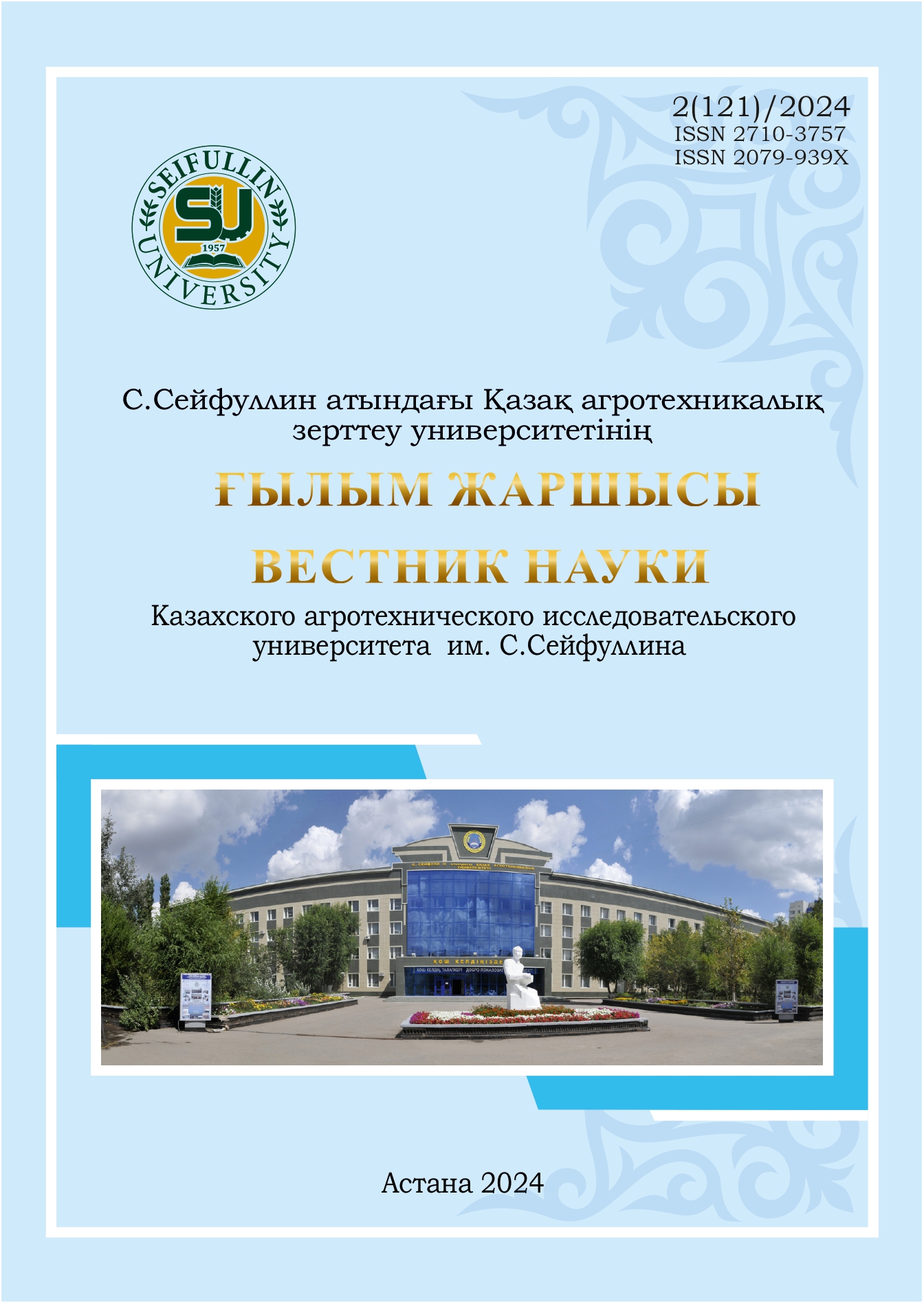GIS TECHNOLOGIES IN MANAGING AGRICULTURAL LANDSCAPE SUSTAINABILITY
DOI:
https://doi.org/10.51452/kazatu.2024.2(121).1696Keywords:
geographic information systems; GIS technologies; information layers; agricultural landscapes; management of the sustainability of agricultural landscapes; agricultural land use.Abstract
The article presents the results of research in the field of land management (agricultural land) through the use of geographic information systems (GIS) in optimizing agricultural landscapes of an agricultural enterprise. Optimization of an agricultural territory consists in determining the stable state of the components of the agricultural land use system, which is influenced by physical-geographical, natural-climatic, geomorphological and soil and other conditions, as well as natural and anthropogenic factors. All these characteristics must be added digitally to the GIS to process primary information and model possible land use options. It was determined that at the local level, to manage the sustainability of agricultural landscapes in the GIS data bank, landscape, soil (indicating microterritories with common degradation processes) maps, maps of slope steepness, erodibility, types of terrain, tracts, lands, as well as a geomorphological profile of the surface, are mandatory. agricultural activities are carried out. Based on the analysis of environmental conditions and factors, GIS will be able to simulate various scenarios for the use of agricultural landscapes, based on which the structure of sown areas, lands, crop rotations, and a complex of agro-, phyto-, reclamation measures aimed at optimizing agricultural land use will be differentiated. The results obtained are recommended for use by agricultural producers in organizing and optimizing agricultural production, as well as by land management authorities and design organizations in medium- and lon term planning and forecasting of land use.

